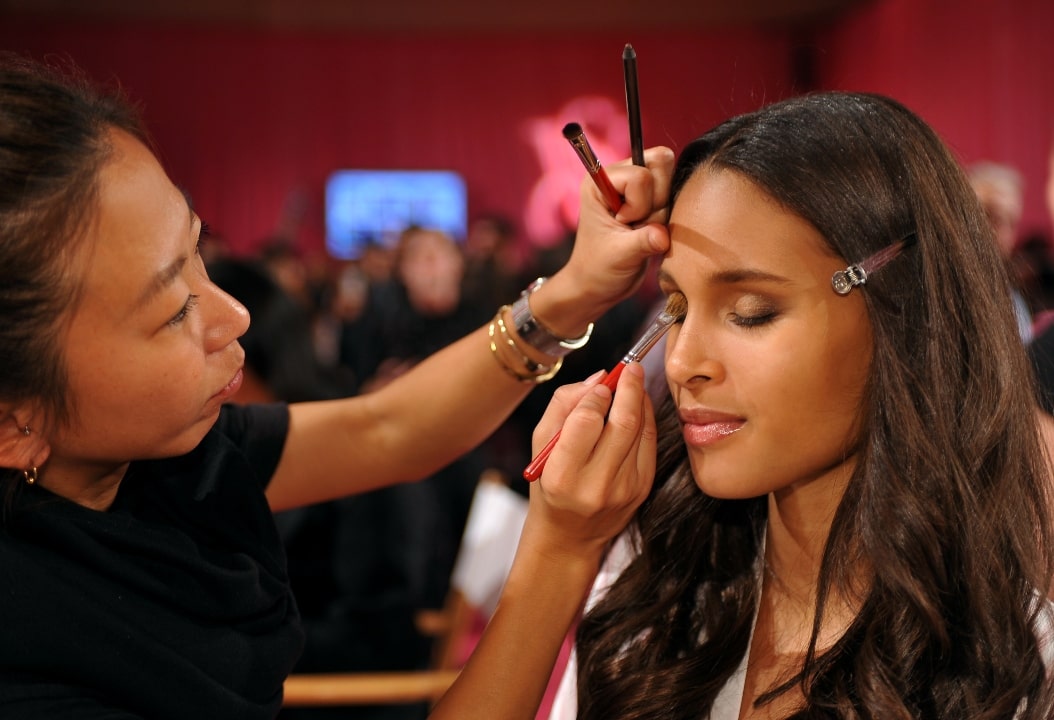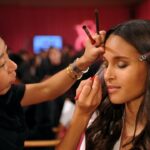
Hey there, beauty lovers! Today, we’re diving into a conversation that’s been making waves in the beauty scene. We’re uncovering some of the less glamorous practices still present in the modeling industry, even in 2024. This might stir up some emotions, but it’s crucial to bring these issues to light so we can advocate for real change. So grab your favorite drink, get cozy, and let’s explore this topic together!
The Use of Potentially Harmful Beauty Products
What’s Happening
- Heavy, pore-clogging makeup is often used for long periods.
- Some products contain potentially irritating or allergenic ingredients.
- Pressure exists to try new, untested products for campaigns.
The Impact
- Skin issues like acne, irritation, and allergic reactions are common.
- Long-term exposure to certain ingredients could have unknown health effects.
- Models may feel pressured to use products they’re uncomfortable with.
What’s Changing
- A trend toward clean beauty is emerging, focusing on natural, non-toxic ingredients.
- Models are advocating for their right to know about products used on their skin.
The Mental Health Toll of Constant Criticism
What’s Happening
- Harsh criticism of physical appearance remains prevalent.
- Social media amplifies pressure and public scrutiny.
- There’s often a lack of mental health support in the industry.
The Impact
- Many models struggle with anxiety, depression, and low self-esteem.
- The pressure can lead to unhealthy coping mechanisms.
- Young models, in particular, may be impacted as they develop their self-image.
What’s Changing
- Mental health discussions are becoming more open in the industry.
- Some agencies are providing mental health resources and support for models.
The Persistence of Racial Discrimination
What’s Happening
- Models of color often face limited opportunities and typecasting.
- There’s still a lack of diversity in high-fashion and luxury campaigns.
- Hair and makeup artists often lack expertise in diverse skin tones and hair textures.
The Impact
- This perpetuates harmful racial stereotypes and beauty standards.
- Models of color may feel pressured to alter their natural features.
- It limits career opportunities for talented models.
What’s Changing
- There’s a push for more diversity across all aspects of the industry.
- Some brands commit to featuring more diverse models and creative teams.
The Exploitation of Young Models
What’s Happening
- Some agencies still recruit models as young as 13 or 14.
- Young models often lack proper chaperoning and support.
- There’s pressure to appear older, leading to inappropriate situations.
The Impact
- This can interfere with education and normal adolescent development.
- Young models are vulnerable to exploitation and abuse.
- Unrealistic beauty standards are perpetuated for young consumers.
What’s Changing
- Many major fashion weeks now have age restrictions, typically requiring models to be at least 16 or 18.
- Some agencies are implementing stricter policies around the treatment and support of young models.
The Pressure to Maintain a Certain “Look”
What’s Happening
- Strict rules exist about hair color, tattoos, or piercings.
- There’s pressure to maintain a specific weight or body shape.
- Expectations to always be “camera ready” in public are common.
The Impact
- This limits models’ personal expression and autonomy.
- Pressure can lead to unhealthy behaviors or body image issues.
- It blurs the line between professional and personal life.
What’s Changing
- A trend is emerging where models embrace their unique looks and personal style.
- Brands are increasingly seeking models with unique features or styles that were once considered “flaws.”
The Financial Instability of Modeling
What’s Happening
- Many models struggle with irregular income.
- Some agencies charge excessive fees or withhold pay.
- Models often cover their own travel and living expenses.
The Impact
- Financial stress can exacerbate other pressures in the industry.
- Models may take jobs they’re not comfortable with due to financial necessity.
- It complicates entry for models from less privileged backgrounds.
What’s Changing
- There’s a movement for financial transparency in the industry.
- Some agencies offer financial planning services to their models, advocating for regulated pay structures.
Wrapping It Up: The Path Forward
While the beauty and fashion industries have made some strides, there’s still a long way to go in terms of ethical treatment of models.
Change is happening, and we can all play a part in accelerating it:
- Support brands that prioritize ethical treatment of models.
- Follow and engage with models who speak out about these issues.
- Be critical of the images you see in media and advertising.
- Advocate for diversity and inclusivity in the beauty industry.
True beauty comes in all shapes, sizes, colors, and ages. By demanding better treatment for models and more realistic representation in the beauty industry, we’re not just helping models – we’re helping create a healthier, more inclusive definition of beauty for everyone.








